What’s Special About NFTs?
NFTs can serve as proof of ownership for digital objects and items
At first glance, NFTs seem like random images on the internet with a price tag. But, when understood on a deeper level — NFTs can seem to solve a bigger problem: ownership.
NFTs are non-fungible, meaning they cannot be replaced or interchanged with anything else. Due to this property, an NFT can serve as proof of ownership for digital objects and items. Let’s check the following scenarios.
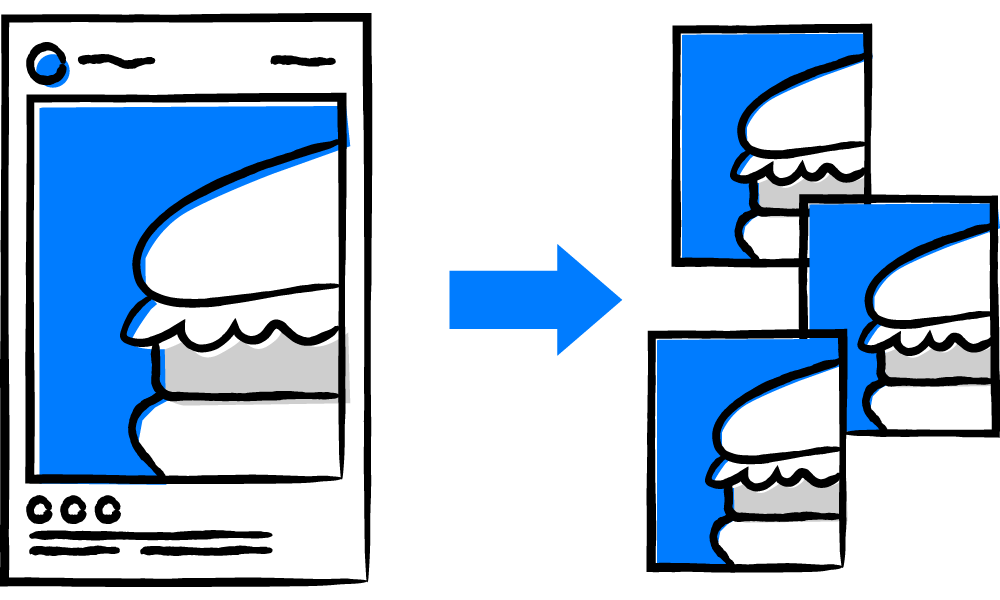
Scenario A:
An illustrator named Lia wants to post her drawing on her Instagram account to show off her progress as an artist. After posting the drawing, a bad actor duplicated Lia’s drawing and posted it elsewhere, claiming it as their own. Even though we know the drawing was created by Lia, there is little to no way for Lia to prove that the drawing is truly hers.
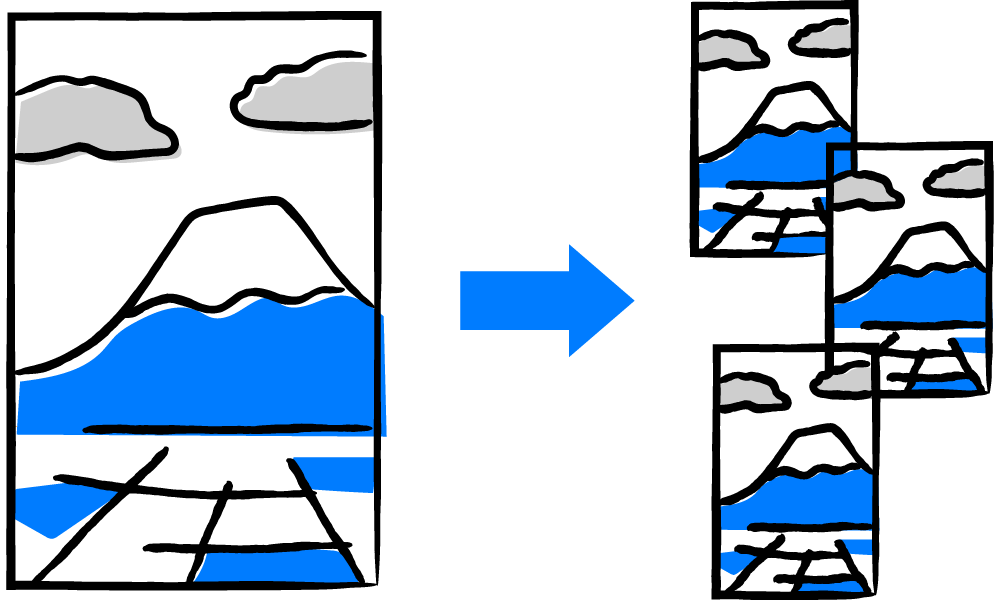
Scenario B:
A photographer named Luis posts his photos of Mt. Kanlaon on his website. Thinking ahead, Luis puts watermarks on his photos to protect them from being stolen. However, a bad actor creates a program that automatically deletes watermarks from any image or photo. This allows the bad actor to steal Luis’ photos from his websites. Aside from the watermark, Luis has little to no way to prove that the photos are his.
In both scenarios, Lia’s and Luis’s works were put at risk due to the fact that there was no way to truly prove their ownership of the artworks. Their works can easily be duplicated and shared a hundred times over and over online.
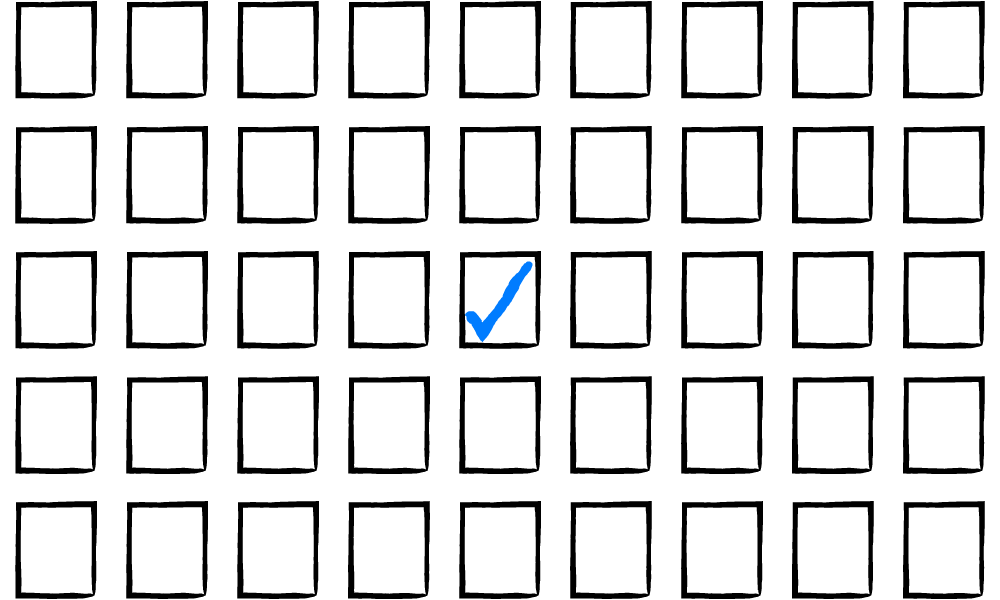
But suppose their works were turned into NFT. Even though a hundred copies existed, Lia, Luis, and anyone else could easily pinpoint which one is the original copy, no matter how visually similar the other copies are. This then limits bad actors from claiming that their copies are the original ones. All because NFTs are non-fungible and unique.
But what makes NFTs non-fungible?
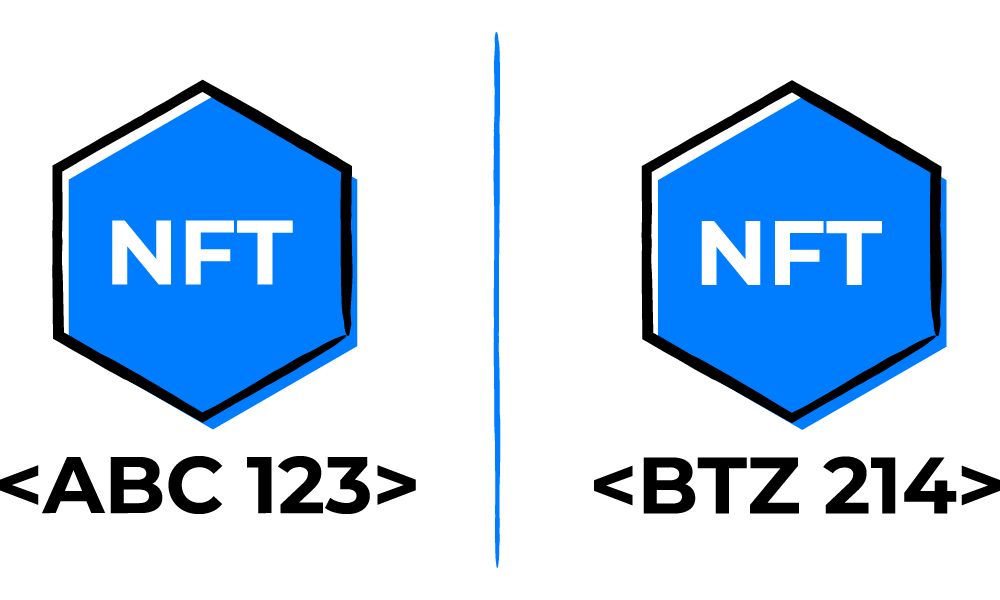
Non-fungibility
An NFT’s non-fungibility comes from the code underneath it; each NFT is accompanied by a unique code that is and cannot be replicated by any other NFT. For example, if ‘NFT A’ has the code ‘ABC123’, no other NFT in the world could have the same code ‘ABC123’.
Since NFTs are unique in nature, creating Lia’s and Luis’ artworks into NFTs would add the property of non-fungibility to their artworks, making their works truly one-of-a-kind.
NFTs are tokens, not digital items.
It is important to understand that NFTs are not the artworks, visuals, or digital items themselves — rather, they are the identifiers attached to assets to certify ownership.
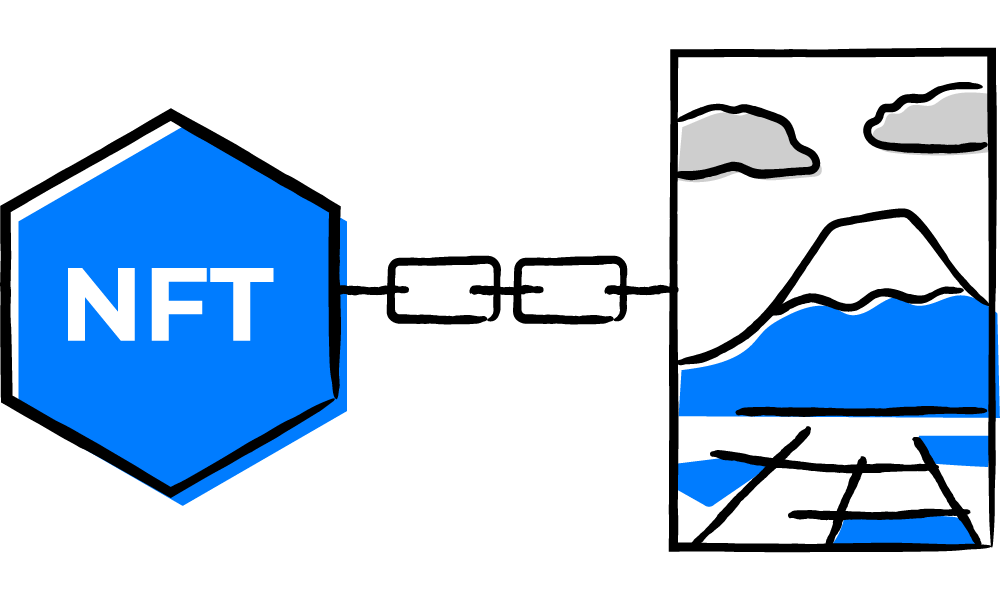
With reference to Scenario B, if Luis makes his photograph into an NFT, what he’s really doing is attaching an NFT to his photograph, effectively linking both the photograph and NFT wherever they go. More specifically, this is what happens:
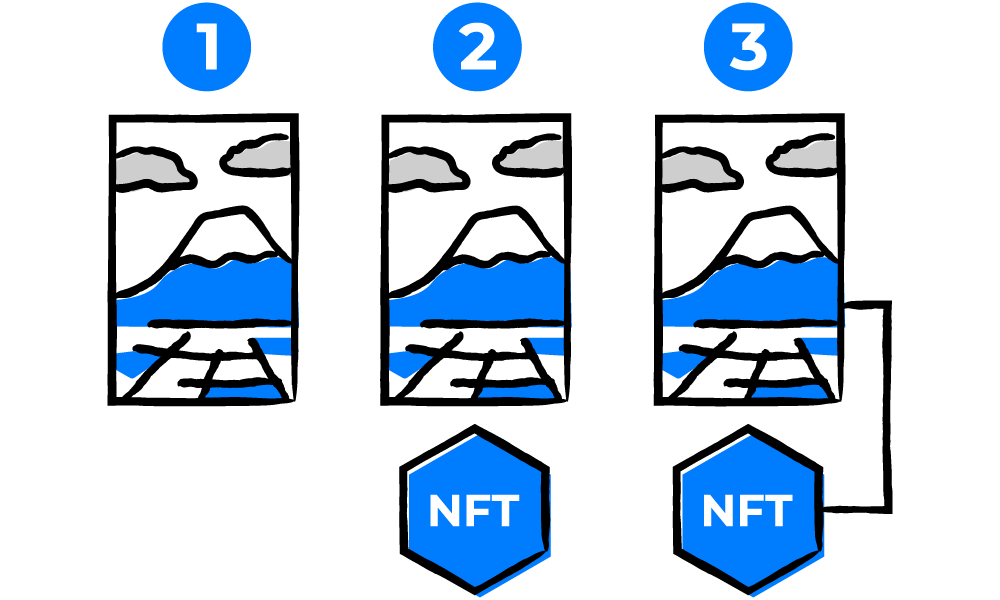
- Luis uploads his photograph
- An NFT with its own unique code is attached to it
- The photograph and NFT are now linked together
This means that whenever someone buys, sells, or transfers Luis’ photograph NFTs, what is being transferred is the NFT, the token representing ownership, not the photograph itself.
Overall, NFTs allow the further creation of value in the digital space, as ownership of digital assets can now be proven and verified directly by blockchain records.

Powered by Bitskwela
Got more questions about Crypto and NFTs?
Check out our GCrypto Learning Hub to learn more!




